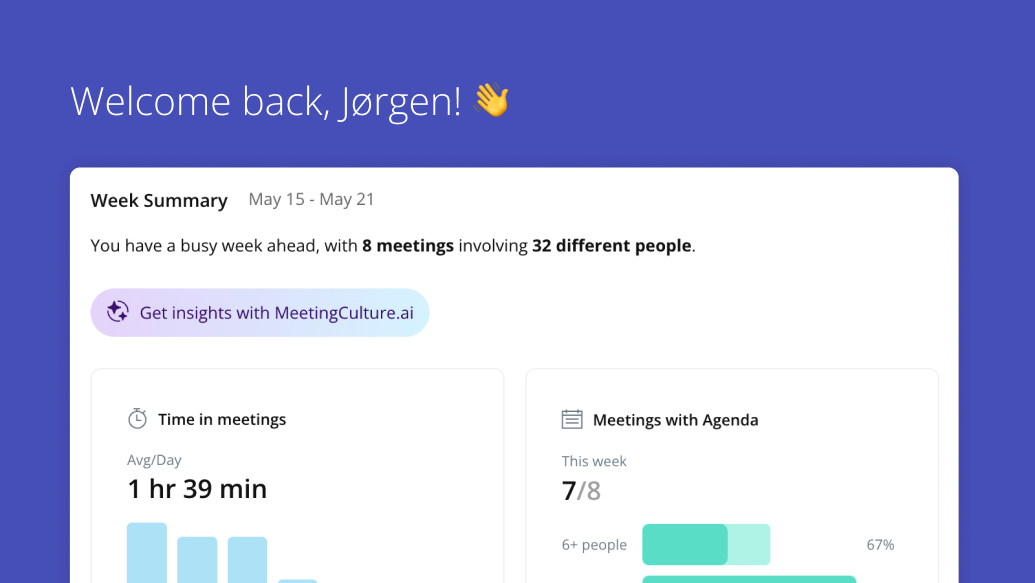Meetings and the “mystery of miserable employees”: a Microsoft study
Microsoft made a surprising discovery: Unhappy employees spend more time in bloated meetings compared to their happier counterparts.
Microsoft conducted an internal research project to better understand the differentiator between happy and unhappy employees. They suspected it was a work-life balance issue. It wasn’t.
Researchers made one particularly surprising discovery that was leading to employee unhappiness: bloated meetings.
According a New York Times article at that time, unhappy employees were spending 27 hours per week in meetings. This was not unusual compared to other teams. However, unhappy employees were often in meetings with 20-30 people in the room but only two or three of those people were talking and sharing ideas. Happier employees had as many meetings and worked as many hours, but more of their meetings had high engagement with small groups focused on brainstorming, discussions and decision-making.
Inc. contributor Robbie Abed also covered the Microsoft internal study and shared his own story:
We had a mandatory 90-minute meeting every single morning at 8 am. There were 25 people in that meeting. The company held these meetings so "everyone was on the same page," but they had the exact opposite effect.
No one listened; they only waited for their turn to talk.
Unsurprisingly, the project failed miserably.
Bad meetings are a drain on culture and can result in higher turn-over. In Stop the Meeting Madness published in Harvard Business Review, the authors note, “Every minute spent in a wasteful meeting eats into time for solo work that’s equally essential for creativity and efficiency. Schedules riddled with meetings interrupt ‘deep work’—a term that the Georgetown computer science professor Cal Newport uses to describe the ability to focus without distraction on a cognitively demanding task.”
The transition to remote work has given rise to more meetings, resulting in meeting fatigue. Combatting this takes more than checking in with employees.
Here are two things your organization can do right now:
Give employees time to think
A high-performing meeting culture focuses on meaningful time spent together versus information-sharing, so attendees leave feeling engaged and accomplished. It also eliminates wasteful meetings, creating a natural flow in the workday that opens up time for employees to focus on work. But, if you’re still building that kind of culture, an interim step can be to schedule team- or company-wide “meeting blackout” times where no meetings can be scheduled. This time should be protected so employees can focus on work and creative thinking.
Make meeting time productive
Use a technology solution like Decisions to enable decision-making meetings and regulate status meetings – those just for sharing information – to a Microsoft Teams chat.
As Abed finishes in his Inc. article: No star employee ever wanted to work for your company so she could sit through more pointless meetings. The people who can make your company a profitable, flourishing business love solving problems, not just talking about them.
Are you ready to enable better meetings for your team?
Get Decisions from Microsoft AppSource and start your free trial today.



